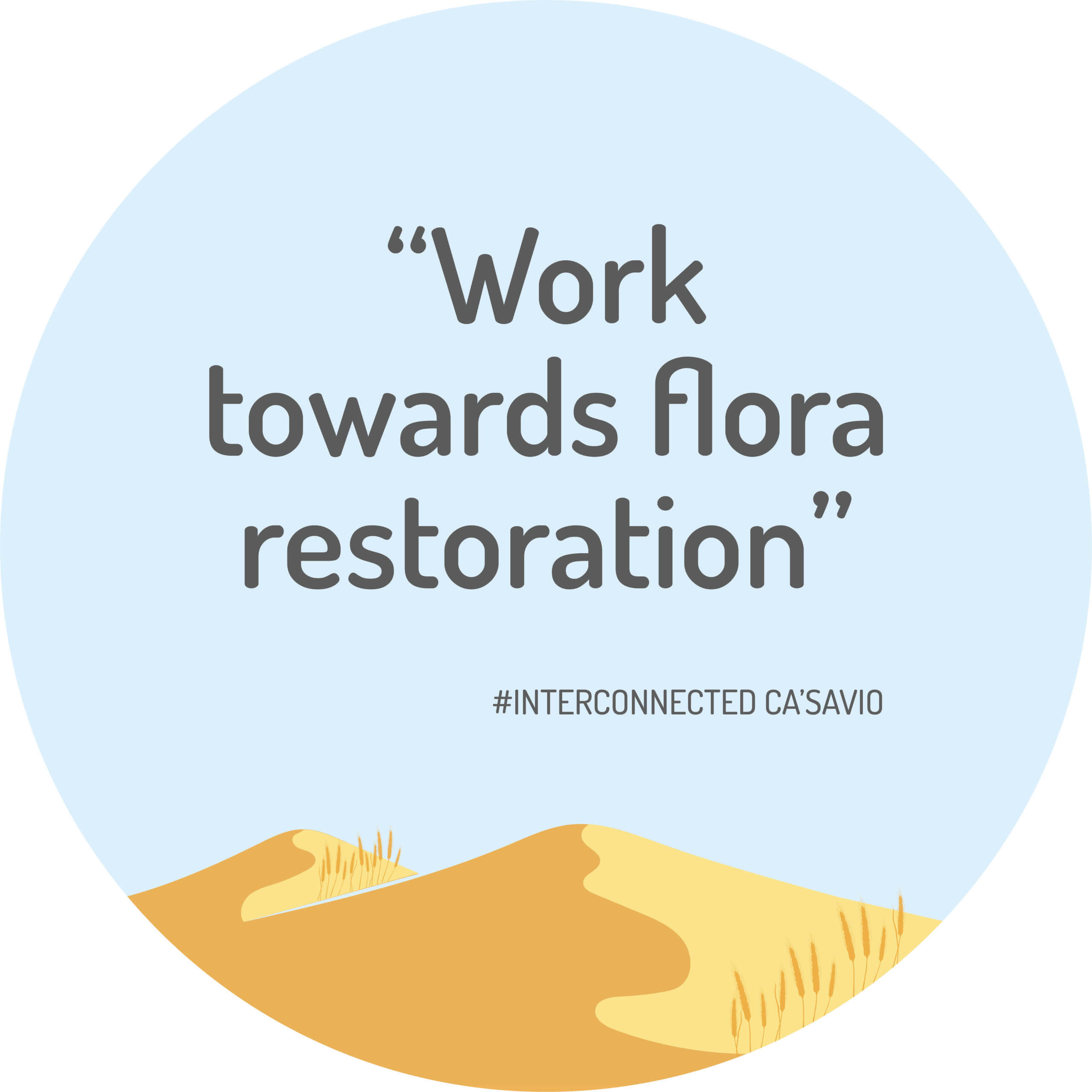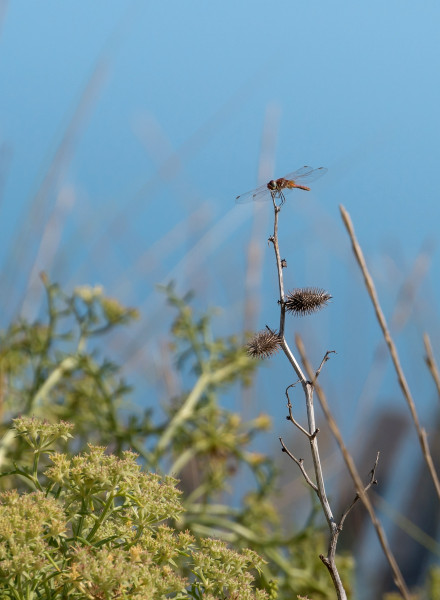Flora conservation
Work towards flora conservation
The sun is rising over the dunes, the grass following the wind, the dunes are the open entrance to the sea and the safe door to life on land. Specialized plants growing in this environment stabilize the dunes and create a unique ecosystem. This very special environment is so important and also so fragile for disturbance.
Dunes are much more than sand. One species of special interest is the beach grass Agropyron junceum. It represents the main species of the embryonic dune belt, the vegetation belt closest to the shoreline, right above the maximum tide level and the marine deposit line. The beach grass is perennial and grows up to 60 centimeters high. The leaves are broad-leaf, with the upper surface hairy on the ribs to limit transpiration. It blooms in May – June and the spike reaches up to 25 centimeters in length.
This grass produces horizontal roots that crawl on the sand, or spread to a few centimeters deep, and stabilize the sandy soil. From the sand that is deposited around the creeping roots, embryonic dunes are formed, up to a few decimeters high. They form the basis for new dunes while already providing protection for other pioneering plants and animals. Please help us to protect this unique ecosystem.
Here you can find more information on dunes protection by natural vegetation.


